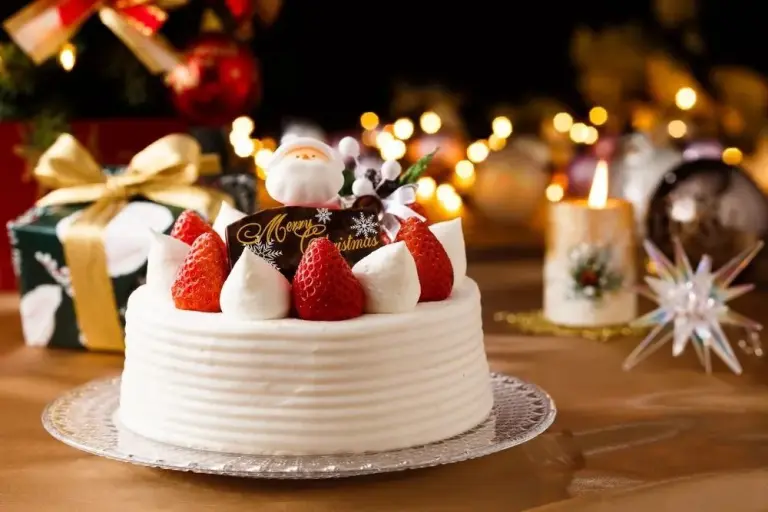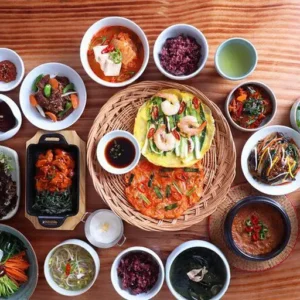Bhutan, often called the “Happiest Country in the World”, is a place where unspoiled nature and a simple, harmonious way of life intertwine. While its majestic landscapes and humble mountain communities are well known, the country’s traditional music — and the instruments that weave its melodies — remain a lesser-known treasure.
Bhutanese traditional music is often described as soulful and flowing, even though it doesn’t strictly follow conventional musical scales or harmonies. Music holds a sacred role in Bhutan, especially during spiritual rituals and religious ceremonies.
When playing, Bhutanese musicians often combine striking or plucking motions with multiple instruments, creating a layered and distinctive sound. To truly touch the heart of Bhutan’s culture, there is no faster path than through its music — and at the core of this music are its remarkable traditional instruments. While the country has many, six stand out as the most important and iconic.
>> Traveling to Bhutan: What you need to know
String Instruments of Bhutan
Drangyen – The Iconic Lute of Bhutan
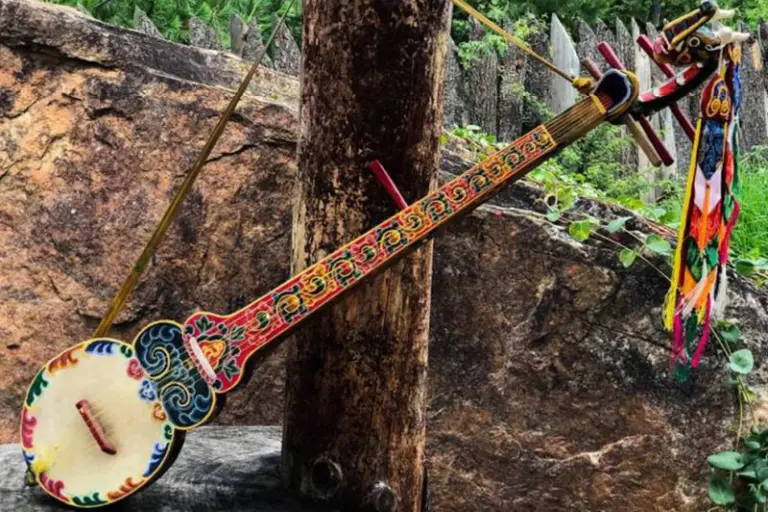
The Drangyen is one of the oldest and most revered instruments in Bhutanese tradition, used primarily for non-religious purposes. Its name translates roughly to “melodious sound,” and legends tell of its power to drive away evil spirits.
The instrument has seven strings, including one shorter string, and is crafted from wood, animal skin, and cow bone. The body is often intricately carved by hand, featuring ornate and symbolic designs. Playing the Drangyen requires skill, producing a gentle, flowing tone that professional musicians consider challenging to master.
In large traditional ensembles, the Drangyen often takes center stage, not just for its sound but for its deep historical and spiritual significance in Bhutanese culture.
Chiwang (Pewang) – The Bhutanese Fiddle
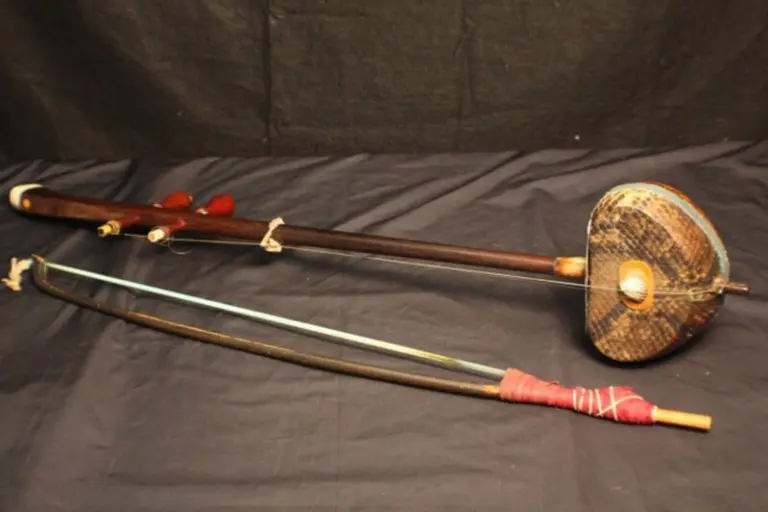
The Chiwang, a two-stringed bowed instrument, resembles the Vietnamese đàn nhị and is sometimes called the “violin of Bhutan.” The upright body is topped with a small resonating chamber, often covered in animal skin. Its strings are typically made from horsehair, as is the bow, which is carved from strong bamboo.
When played, the bow moves horizontally across the strings while the other hand adjusts pitch, producing a rich, haunting sound. It is believed that the Chiwang traces its origins back to Mongolia.
>> What to know before visiting Bhutan – Dos & Don’ts
Wind Instruments of Bhutan
Lim – The Bamboo Shepherd’s Flute
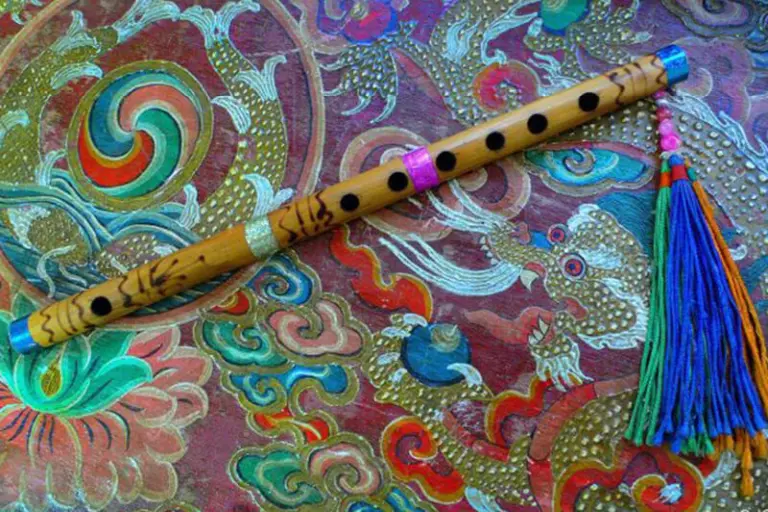
Small and lightweight, the Lim flute is made from bamboo, with a unique spacing between its mouthpiece hole and the finger holes. In the Kheng region, it’s affectionately called the “shepherd’s flute.”
It typically has six finger holes and one mouthpiece hole in a straight line. Held vertically while played, the Lim produces soft, soothing tones, often associated with herders deep in Bhutan’s forests and highlands.
Aungli – The Cattle Horn
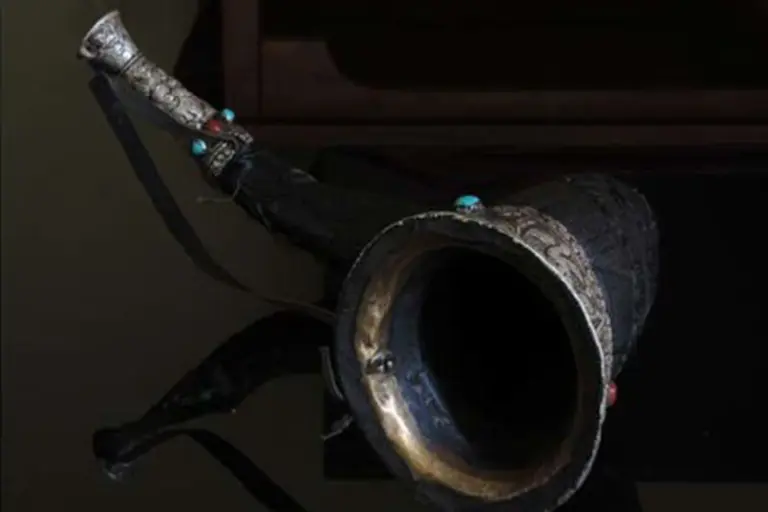
Made from large cow or buffalo horns, the Aungli has a small opening carved at the pointed end to allow air to flow through. This rustic wind instrument has long been a companion to Bhutan’s cattle herders, who blow it once in the morning to lead livestock out to graze and again in the evening to call them back.
While it rarely takes part in formal orchestras, the Aungli is valued for its practical role in rural life — its loud, resonant sound not only gathers livestock but can also scare away predators. Mastering it requires powerful breath control.
>> Top 6 highly-rated hotels in Bhutan you shouldn’t miss
Percussion Instruments of Bhutan
Yangchin – The Hammered Dulcimer
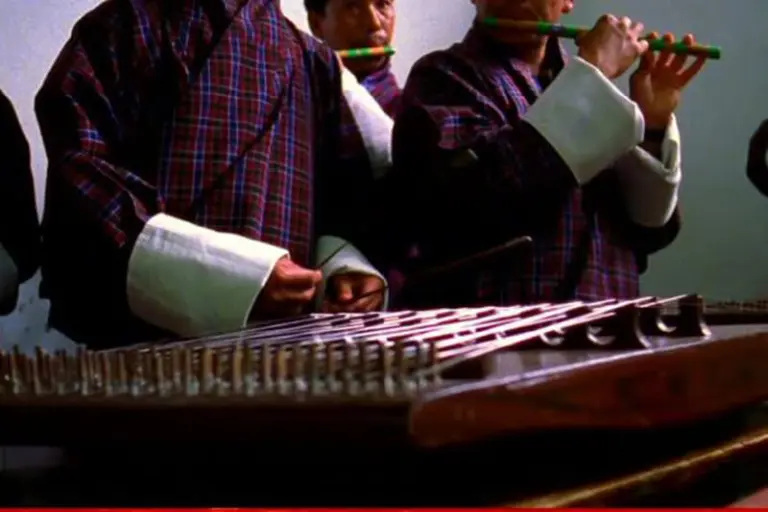
The Yangchin is a trapezoid-shaped hammered dulcimer with about 20 steel strings stretched across its wooden frame. Musicians strike the strings with two bamboo mallets tipped with rubber, producing bright, rhythmic tones.
Though now an important part of Bhutanese traditional music, the Yangchin has a long journey — originating in Iran, brought to China in the 17th century, and finally arriving in Bhutan in the 1960s. Today, it is a key instrument in large folk music ensembles.
Yangkali – The Natural Rattle
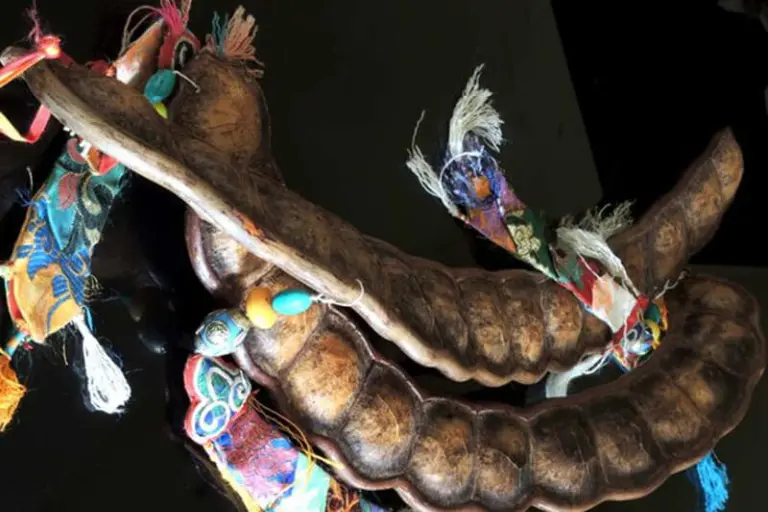
>> Bhutan weather – The best time to visit the land of the Thunder Dragon
The Yangkali is unusual in that it comes directly from nature rather than being crafted by hand. It grows as a large pod on a climbing plant, with hard brown shells encasing sizable seeds inside. Once dried, the pod becomes a natural rattle.
Musicians play it by shaking or striking it to produce rhythm. In dance performances, male dancers often wear Yangkali pods tied to their left side, adding an energetic percussive element to the movements.
Bhutan also has other traditional instruments, such as the Khongkha horn and Gombu trumpet, typically made from bamboo, buffalo horn, or cow horn. These are less well-known to visitors but often play supporting roles in large ceremonial performances.
Together, these instruments form the soul of Bhutanese music — a soundscape where history, spirituality, and daily life harmonize. For travelers, hearing them live is not just entertainment, but an invitation into the heartbeat of Bhutan’s cultural identity.


